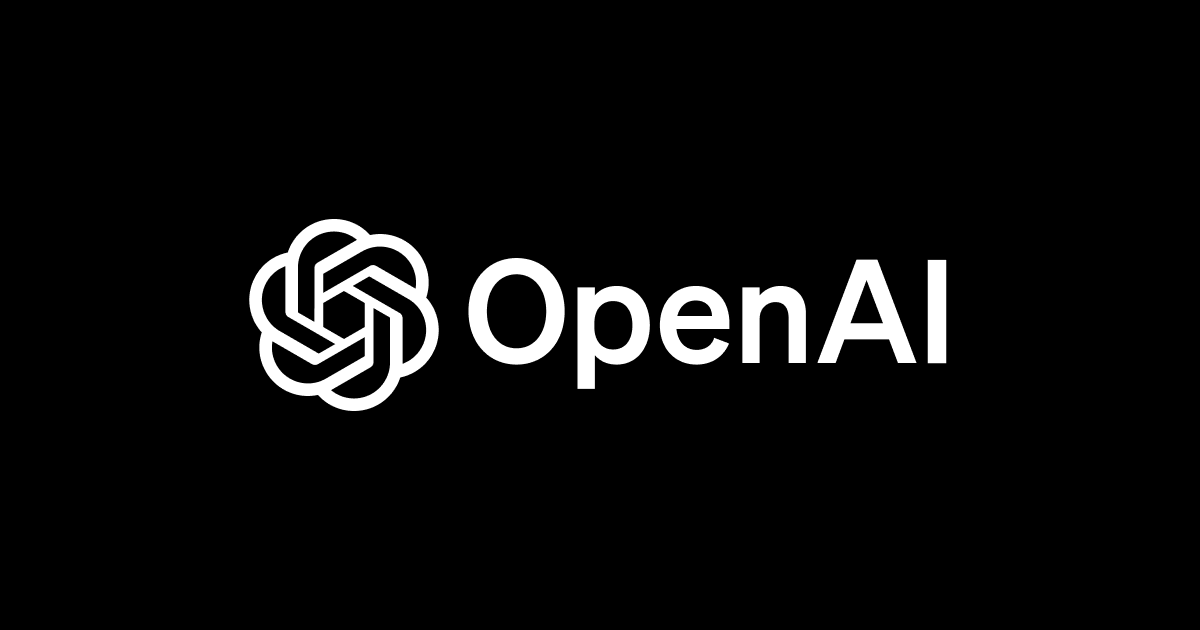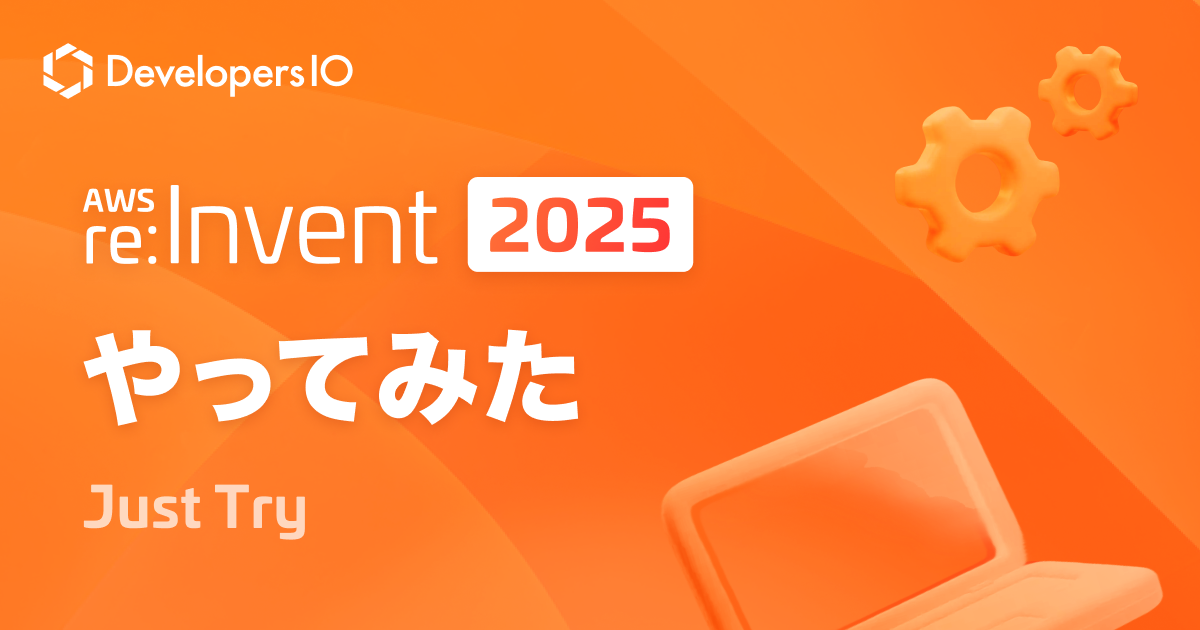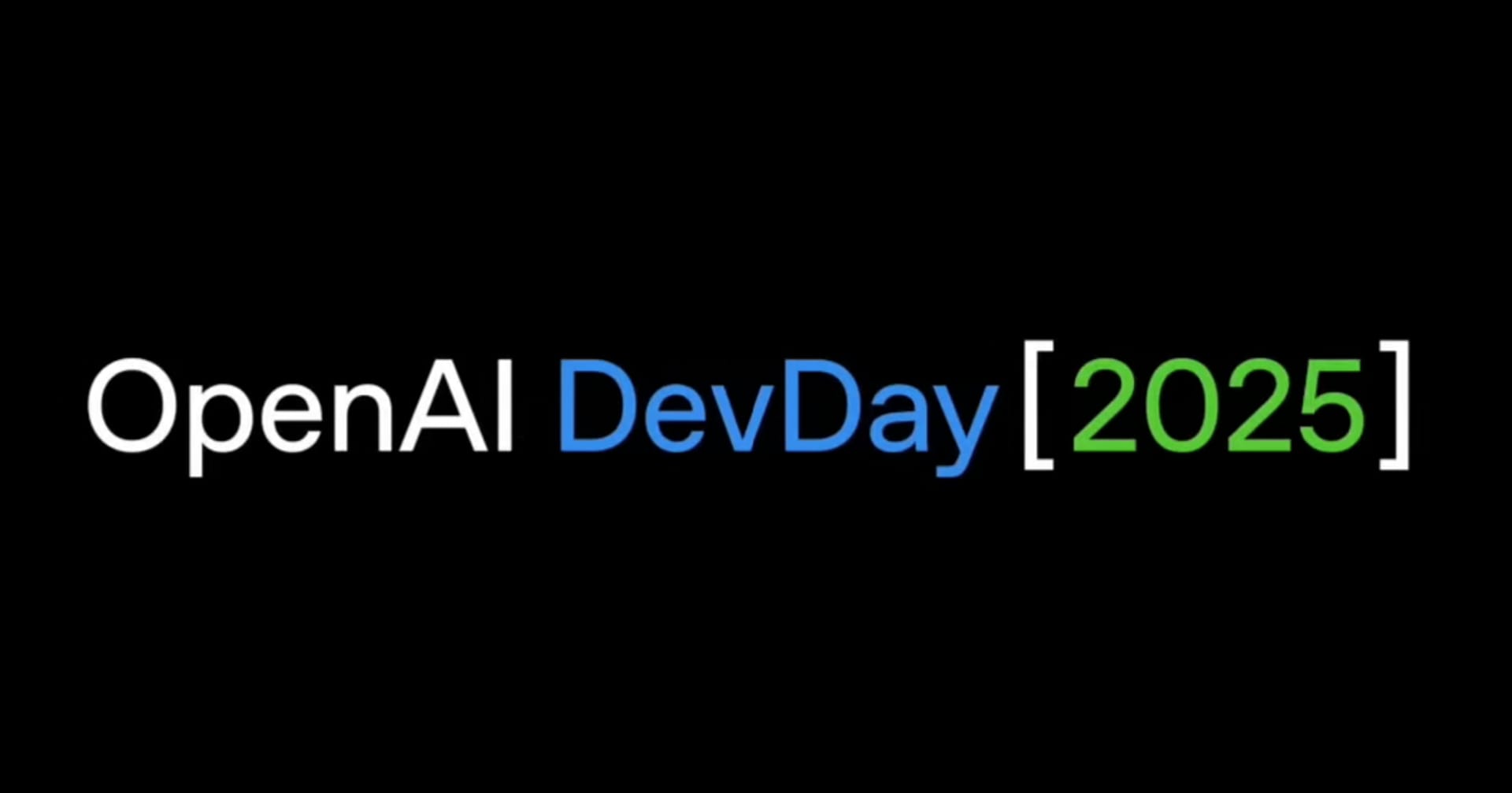
Unveiling Sora: OpenAI’s Vision for Human-Level Reinforcement Learning
この記事は公開されてから1年以上経過しています。情報が古い可能性がありますので、ご注意ください。
Introduction.
In the ever-evolving realm of artificial intelligence, OpenAI continues to redefine the boundaries of what's possible. Among its latest innovations is Sora, a groundbreaking platform poised to revolutionize reinforcement learning (RL) and propel AI towards human-level intelligence. Let's embark on a journey to unravel the intricate technical architecture of Sora, drawing insights from OpenAI's publication and shedding light on its transformative potential.
Understanding Sora's Workflow:
At the heart of Sora lies a sophisticated workflow designed to facilitate efficient learning and decision-making. The workflow encompasses a series of interconnected components, each contributing to the agent's cognitive capabilities and overall performance.
Text-to-Video Creation Flow:
- Natural Language Processing (NLP):
- Parses and comprehends text input, breaking down sentences to understand context.
- Identifies key entities and narrative elements for visual representation.
- Computer Vision:
- Interprets textual descriptions to generate visual elements.
- Creates objects, environments, and actions described in the text with attention to detail and intent.
- Generative Algorithms:
- Includes Generative Adversarial Networks (GANs) and transformers.
- GANs generate realistic images and scenes by learning from extensive datasets.
- Transformers maintain narrative coherence, ensuring logical flow from text to video.

Technical Insights from Sora's Architecture:
The technical architecture of Sora embodies a fusion of cutting-edge methodologies and innovative concepts, pushing the boundaries of RL research. By combining advanced deep learning architectures, meta-learning techniques, and hierarchical structures, Sora represents a significant leap forward in the quest for human-level artificial intelligence.

For further reading and exploring Sora check out this blog published by Openai: https://openai.com/sora









